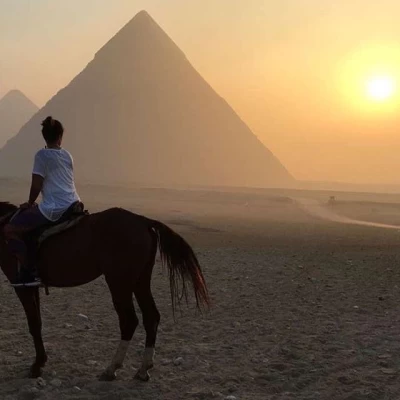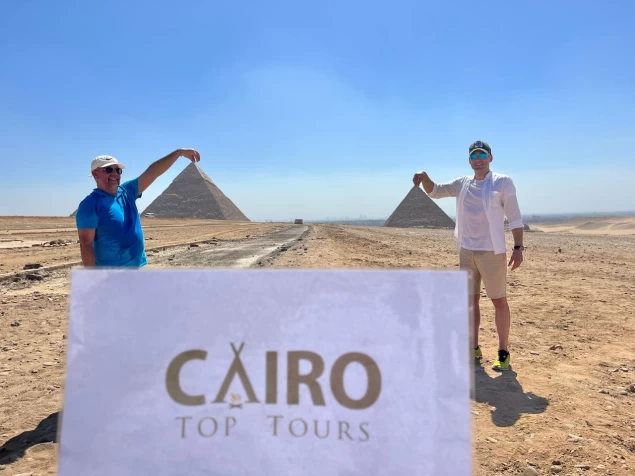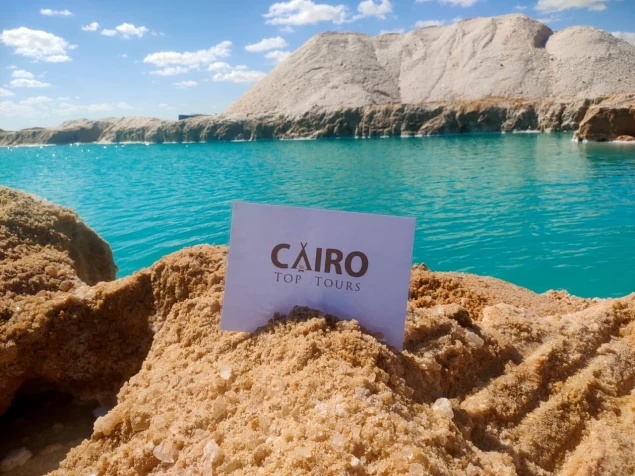
History of The last pharaoh Nectanebo
Nakhtenpo II, also known as Naqtanab II (the name in Egyptian is Nakht Horb or Nakht, free love means "strong is Horus habit"), reigned between the years 360-342 bc
his indirect predecessor, Nakhtenpo I, Nakhtenpo II showed enthusiasm for many cults of Gods in the ancient Egyptian religion, which is evidenced by his interest in more than a hundred construction sites in Egypt. He has carried out more construction and restoration works than Nakhtenpo I, among the most important of which is the huge temple of ISIS.
or several years, Nekhtenpu II successfully repelled invasion attempts by the Achaemenid Empire. However, for several reasons, including being betrayed by his former vassal, Mentu-Rhodesian, Nectanebo II was eventually defeated by Persian and Greek forces at the Battle of Pelusium (343 BC). Nakhtenpo fled south and maintained his power for some time. His subsequent fate is unknown.
Filming
Except the small-scale Portico sculpture in the Metropolitan Museum of Art, in which Nakhtenpo II is shown standing in front of the image of Horus, there are no other annotated depictions of Nakhtenpo II. His left arm with a sword represents the word Nakht, the Falcon represents Horus, while the hieroglyph in the right hand represents the word love (full name: Nakht is free love). Other depictions attributed to Nakhtenpo include a quartzite head in the University of Pennsylvania Museum of Archaeology and Anthropology, a basalt head in Alexandria, a granite head acquired by the Museum of Fine Arts in Boston, and another Quartz head, but damaged.
Rise to power
In 525 BC, the Achaemenid Empire occupied Egypt. Due to internal conflicts for the throne of the Persian Empire, Egypt regained its independence in 404 BC. However, after the conclusion of the peace of Antalidas in 387 BC between the Achaemenids and the Greek Poleis, Egypt and Cyprus became the only obstacles to Persian domination in the Mediterranean. At the beginning of 360 BC, Nakhtenpo's predecessor, Theos, began preparations for war against the aggressors. In the same year, the Egyptian army set off, traveling along the coast by land and by sea. Nakhtenpo II accompanied his uncle Teos on that campaign and was in charge of the mashimoi.
The Egyptians, in particular the priests, resented these actions but supported Nakhtenpo II. Teos asked the Spartan military commander Agesilaus II and the Athenian general Chabrias for his support. But Agesilaus said that he was sent to help Egypt, and not to wage war on it. And also Chabrias returned to his country with mercenaries.
Judgment
Nakhtenpo added decorations to the eastern and Western temples of APIs. Nakhtenpo II was responsible for increasing the popularity of the cult of Buchis. Under Nakht Anbu II, a decree was issued prohibiting quarrying activities in the so-called "mysterious mountains" of Abydos.
Nakhtenpo took advantage of the short peace to build a new army and hire Greek mercenaries, which was a common practice at the time. In 358 BC, Nakhtenpu was able to repel an Achaemenid invasion attempt led by Prince Ardashir III. In about 351 BC, the Achaemenid Empire embarked on a new attempt to retake Egypt. After a year of fighting, Nekhtenpo and his allies, the Athenian Diophantus and the Spartan Lamius, managed to defeat the Achaemenids again. Having achieved a resounding victory, Nakhtenpo II was awarded the title "nakhtenpo the divine Falcon", and cults were made in his name
The coffin of Nakhtenpo II, which he did not use because he fled to the South. The British Museum. At the end of 344 BC, the ambassadors of Ardashir III arrived in Greece, demanding the participation of the Greeks in a campaign against Egypt. Athens and Sparta treated the ambassadors kindly, but refrained from accepting an alliance against Egypt. However, other cities decided to support the Persians: Thebes sent 1000 hoplites, and Argos sent 3000. In the winter of 343 BC, the armies of Ardashir set off for Egypt In addition, Nakhtenpo had several boats aimed at preventing the enemy from entering the mouths of the Nile. The weak points along the Mediterranean and eastern borders were protected by bastions, fortifications, and camps. On the other side, the Persian troops were reinforced by Muntur and his men, well-versed in the eastern borders of Egypt and the Delta, as well as 6,000 Ionians.
Nakhtenpo fled to Upper Egypt and finally to Nubia, where he was granted asylum and maintained a measure of power there for some time. With the help of Khabash, Nakhtenpo made one last unsuccessful attempt to regain the throne.
Legacy
Although he came at a bad period of Egyptian history, and perhaps reflected on his legacy of being the "last Pharaoh" to rule an independent Egypt, Nekhtenbo was very interested in construction, to the point that puts him on an equal footing with many kings of the New Kingdom. References to either Nakhtenpo II or his grandfather can be found almost everywhere in the main religious centers, and the religiosity of the two kings corresponded to the great kings of the past, this is evidenced by numerous monuments throughout Egypt bearing their names. Nakhtenpo II specifically built and improved temples throughout the country, and he donated a lot to the priesthood in a large number of sites that he improved. Nakhtenpo's name is found in Heliopolis, Abydos, and Tell Basta in the Nile Delta, among other places, but he took care of construction specifically in Samnod, including what is currently called the House of Stones
There is an anecdote that appears in the non-historical story of Alexander illustrating another ending of the last Egyptian pharaoh. Shortly after the confirmation of Alexander the Great's divinity by the priest of Zeus Amun in the Siwa Oasis, a rumor began that Nekhtenpo II, after his defeat in his last battle, did not travel to Nubia but instead to the court of Philip II of Macedon and claimed to be an Egyptian magician. There, while Philip was on one of his campaigns, Nakhtenpo convinced Philip's wife, Olympias, that Amun would come to her and that they would have a son. Then nakhtenpo-disguised as Ammon, slept with Olympias, and it was from this event that Alexander came. This legend had a strong appeal to the Egyptians, who strongly disliked foreign rule. In the art that depicted this legend, Nakhtenpo was usually depicted with dragon-like features, for example, in Speculum Historiale.
In the early Ptolemaic tale of Nekhtenpo and bitsis, preserved only in a Greek fragment from the Serapeum of Menf, the Pharaoh dreams of a vision of ISIS, and the God Anhur is angry with him because of his unfinished temple in Samnod. Nakhtenpo summons the best sculptor in the world, Bitsis, to finish the job, but neglects his task, gets drunk, and chases a beautiful girl instead. The narrative ends abruptly here, but perhaps this is a prelude to the fall of Egypt.














